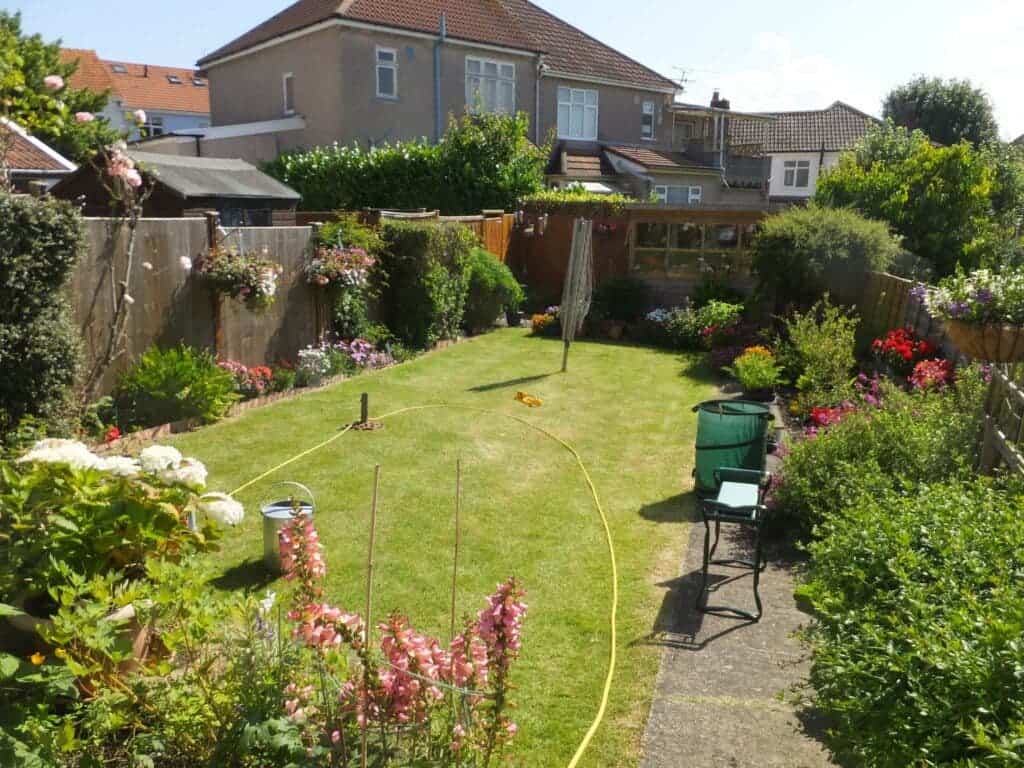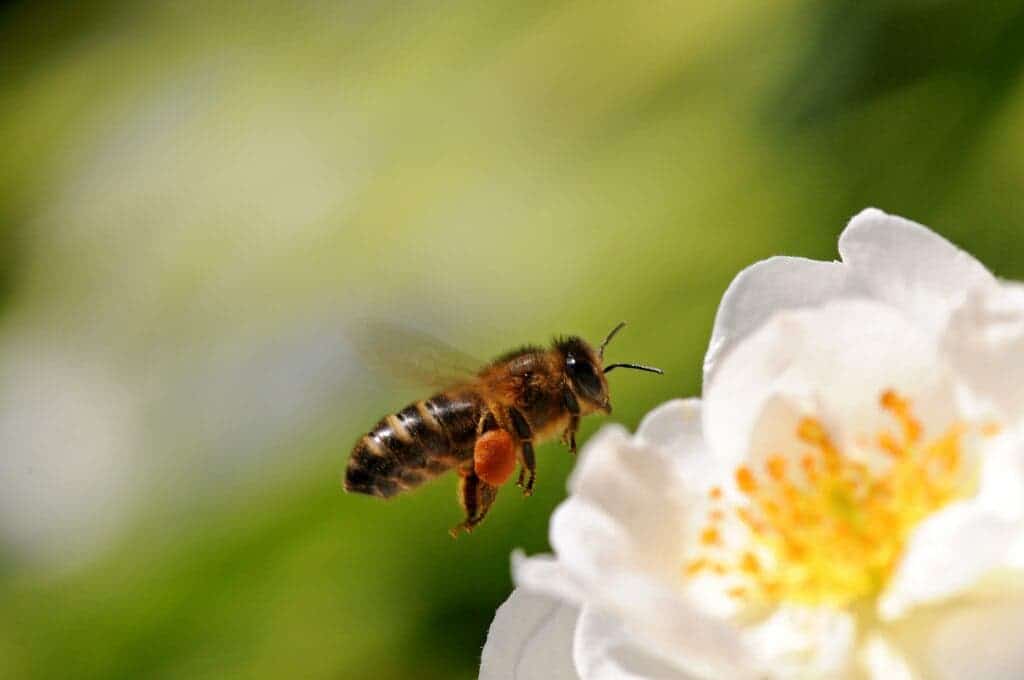Size isn’t everything when it comes to gardens. According to a new study, the size of a garden doesn’t correlate with how much nectar its pollinators produce, which means that even small gardens can provide pollinators like bees with a large supply of food.

We tend to think of urban areas as problems for conservation, but what if they could also be a part of the solution?
Urban areas can play an important role in the conservation of pollinators, which are currently under threat, especially by pesticides but also by other threats. Urban areas currently cover 2% to 3% of the world’s land and can support substantial pollinator diversity, according to a new study. Among them, small, private gardens can play an important role for pollinators thanks to their flowering plants.
Gardening for the future
Private gardens vary in size, shape, soil type, topography, and amount of sunlight. People also manage their gardens in widely different ways. As a result, the abundance and composition of flowering plants (which is crucial for bees) vary dramatically among gardens; one garden with many flowers may be a delicious buffer for bees, while freshly mown lawns offer next to nothing.
In a new study, researchers from Bristol University carried out the first investigation of how the nectar supply of private gardens changes in space and time. They found that because small gardens can be so important, actions by independent gardeners can lead to a stable and diverse provision of food for pollinators, supporting bees in key areas.
“We knew that gardens were important habitats for UK pollinators, providing 85% of nectar sugar in urban landscapes and a great diversity of flowering plants. However, we didn’t know how nectar production varied between individual gardens or through the months of the year,” PhD student Nick Tew, lead author, said in a statement.
Gardens and pollinators

Tew and his team surveyed residential gardens in Bristol, choosing six regions of the city for garden surveys. They visited 59 gardens once per calendar month between March and October – covering most of the UK pollinator flight season. They recorded floral abundance in each garden and measured when pollinators can find more nectar.
The researchers found that individual gardens vary significantly in the quantity of nectar they supply, registering a higher nectar production in more affluent neighborhoods but not in large gardens. The supply of nectar reached its peak in July when more plants are in flower, but temporal patterns varied among each garden depending on what flowers they had.
Gardens with a larger flowering plant richness had a more stable nectar production, the study showed. In other words, individual decisions on how people manage gardens (and how many pollinator-friendly plants are included) can make a big difference for pollinators. The highest-nectar garden produced over 700 times more sugar than the lowest-nectar garden during the survey period.
“This means that everyone has the potential to help pollinators in a meaningful way, even with a small garden and there is a lot of room for improvement, with some gardens providing hundreds of times less food than others, depending on what people choose to plant, weed, prune or mow,” Nick Tew, lead author, said in a statement.
In their study, the researchers also included a set of recommendations for all gardeners out there. They suggested using nectar-rich shrubs with complementary flowering periods and flowers with an open shape for late summer and autumn, as most nectar is only accessible to long-tongued pollinators later in the year.
For a list of some of the flowers that are good for bees, check out this research by the University of Sussex.
The study was published in the Journal of Applied Ecology.









